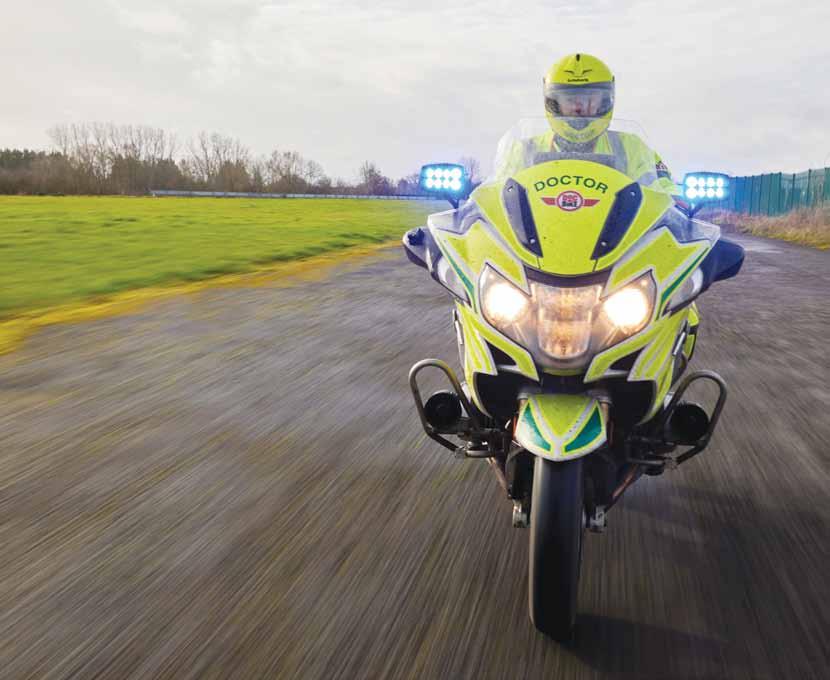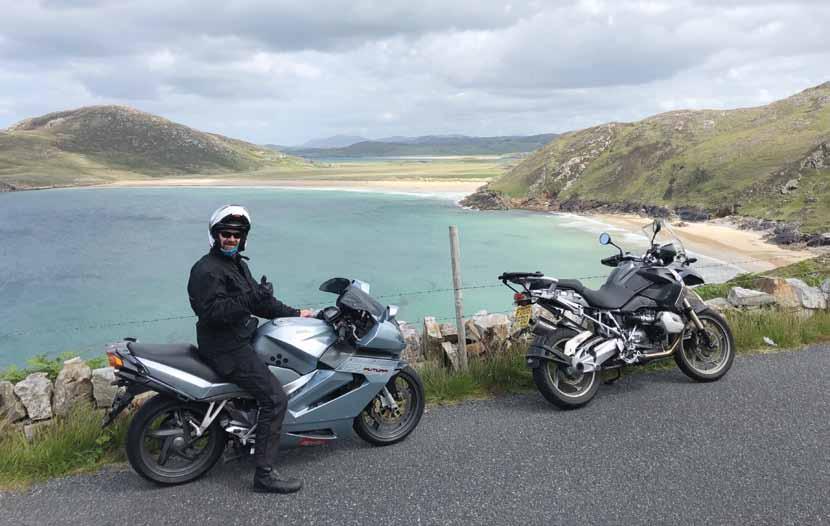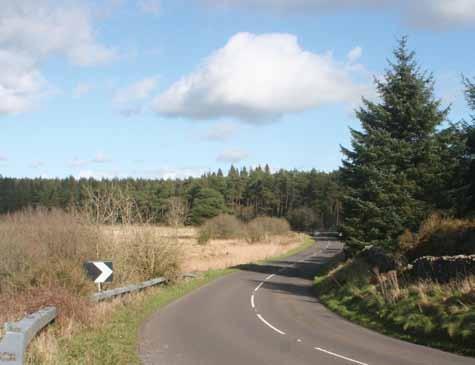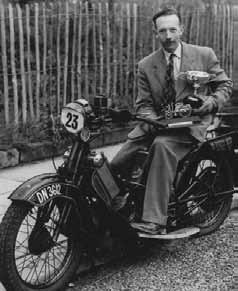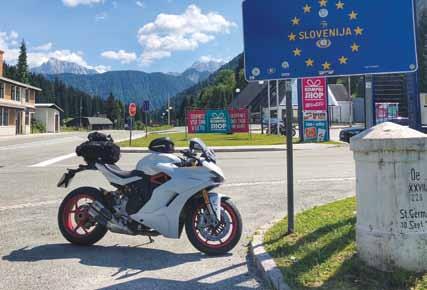
10 minute read
NEWS
NATIONAL ROAD RALLY 2021
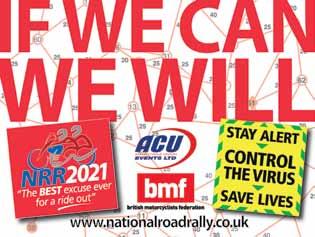
Advertisement
BMF LAUNCHES RECOvERY
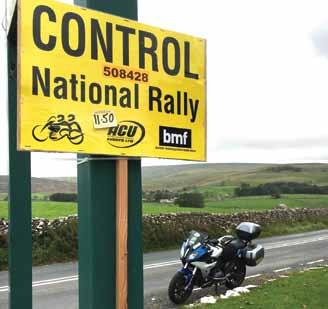
We, the NRR Committee, are going with the mantra of ‘if we can, we will’ and are steaming ahead with preparations for the 2021 National Road Rally, writes Helen Hancock.
At the time of writing, we have no idea when we will be able to run the Rally, and at the moment we have no permit – the ACU is not even considering event permits until the end of February. However, the committee is hopeful that restrictions will be lifted enough for free movement throughout the UK and we can go ahead with our socially distanced event as we did in 2020, hopefully on the first weekend of July with entries opening entries early May .
We are trying to retain the overall feel of the event as it has been in previous years, but the pandemic means that controls will in all probability be unmanned. We are having a much larger matrix of 100 controls, which will open up new routes and areas which in the past have been sparse of controls.
There will be no special tests or special awards in 2021, although all successful riders and pillions will receive their awards and team entries will also receive team certificates.
The history of the full event, explanations of the categories, and past award winners are all listed on the website:
www.nationalroadrally.co.uk
You can also find us on Social Media, Facebook page and group, Twitter and Instagram.
The BMF is excited to announce a newly formed partnership with Motoring Assistance to provide members with a breakdown recovery package that can be customised to your requirements.
We are confident that this bespoke, motorcycle centred recovery service will soon become a must have for every rider.
Members of the BMF team have already taken this service on, and along with BMF legal line and BMF insurance we are now providing our members with many useful membership benefits.
Head over to www.motoringassistance.com/bmf to get a /////////// quote where the BMF member discount will be automatically added to your package.
REC VERY
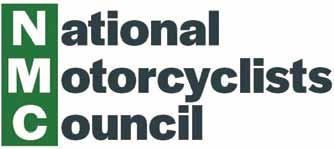
NATIONAL MOTORCYCLISTS COUNCIL LAUNCHED
A new body to lobby government on motorcycle issues – the National Motorcyclists Council (NMC) – was launched in March. It’s a joint venture, formed by the BMF, MAG, the TRF, IAM and ACU. Building on the success of the Coalition of Motorcycling Organisations (COMO), it aims to provide a single voice for the motorcycle world.
NMC’s mission is: “Working together to help assure a positive and sustainable future for motorcycling.” Its goals are to: Research, inform and debate the sustainability of motorcycling, and secure fair treatment for motorcyclists and motorcycling.
Provide single-voice positions on issues of key importance to the motorcycle world as a whole.
Provide thought leadership on a range of issues that impact upon motorcycling.
Act as a force multiplier by combining organisations’strengths.
COMO to NMC
As reported in previous editions of Motorcycle Rider, COMO was an informal partnership which arose out of Covid-19, seeking to promote motorcycles as Covid-safe transport, and establishing guidelines for leisure and trail motorcycling under the rules. It was agile enough to respond quickly to what seemed to be ever changing rules, evolving tiers and regularly updated legislation – it also succeeded in engaging with government.
COMO underlined something else as well – that it was possible to bring several different types of motorcycling organisations together around a common policy and promote this as a group. The individual organisations have had many successes on single issues – many have created great lobbies in the process and continue to do so. But all have struggled to achieve consolidated recognition for motorcycling in transport, environmental and social policy – the core to achieving goals on many other issues. Government today is at best ambivalent about motorcycling and can be argued as being hostile in some cases.
Public policy is often prioritised according to ‘voice’ and ‘constituency’ – the larger these are, the better the chance of success, so a single-voice organisation has more impact than five smaller ones. Experience shows that it is easier for government to ignore them, or play one off against the other. Supportive MPs have often asked why the motorcycling lobby cannot get together to provide them with one clear message they can support. This kind of feedback is difficult to ignore.
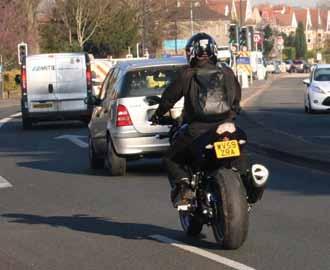
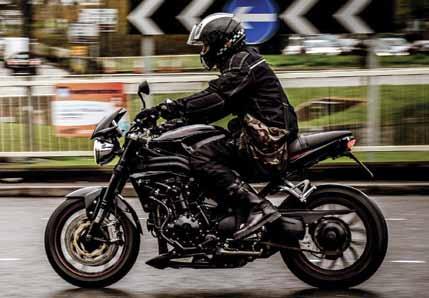
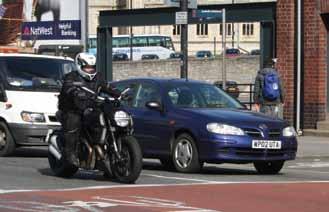
AGREEMENT
In seven core areas, the motorcycle community agrees on its policy objectives, though these may change as the NMC evolves its work. They revolve around achieving positive change to transport policy; highlighting the benefits of motorcycles in the context of the economic, social and environmental; the protection of heritage and the right to continue to ride older machines. Plus, the creation of positive road safety policies; being part of the debate on the future of transport; access for motorcycling in both urban and rural areas, including green roads and for motorcycle sport. Finally, the position of motorcycling in a range of other regulatory and enforcement areas.
NMC’s work will not replace or overshadow the work done by its members or other groups. What it will do is create more impact by the creation of consensus issues, production of supporting materials such as research, analysis and information sharing on a range of issues. This will not only send a message to policy makers that the motorcycle lobby has a unified voice, but it will also provide an ‘accelerator effect’ to member organisations as they pursue various issues where they will now have the backing of a wide range of organisations via the NMC.
NMC has appointed Craig Carey-Clinch as Executive Director to manage the Council. With three decades of experience in the motorcycle lobby and involved with many of the major motorcycling policy initiatives and campaigns, he has the track record to suit.
The launch takes place at an important moment. With the arrival of vaccines, we are looking at the likely opening of the UK as the year progresses. Many areas of public policy debate are likely to restart and there will be new opportunities to influence the agenda as MPs and civil servants get back to Parliament and Whitehall. The government has recently consulted on a rural transport strategy for example (see news story on this page). Covid will continue to stalk the policy agenda for some time to come and the original COMO group will be looking to revise its guidance as rules for motorcycling evolve as the UK emerges from the pandemic.
Meanwhile, we can look forward positively and with new optimism as the NMC starts work to support its member organisations’ agenda.
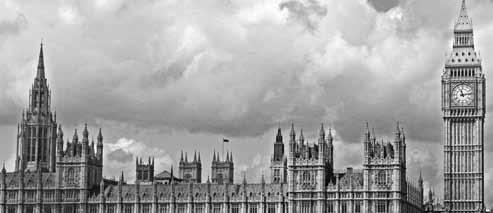
PREvIOUS PARTNERSHIPS
Partnership activity like the NMC is nothing new. During the 1990s, the National Motorcycle Council drew together several motorcycle groups to campaign on a range of issues. It achieved several successes in the 1990s and a government motorcycle strategy in 2005. That the Council did not continue for long after this was likely down to a combination of factors which included a sense that its work was done, when there was actually much more to do – the 2008 financial crisis and huge changes in government departments after 2010 meant the motorcycle strategy was set aside in the face of other priorities of the day. The motorcyclists’ lobby returned to working on individual issues.
LOBBY NEWS ROUND UP
By ANNA ZEE
At the time of writing there is an open consultation on the government’s Future of Transport: Rural Strategy, which includes small towns. This may not sound immediately relevant to the BMF but it is essential to understand how the government is thinking (or not) to see where motorcycles fit in.
I find the consultation document notable for several reasons, one of which, of course, is a total lack of mention of motorcycles. It also notes the demographics of those who live in rural locations and the expected ageing of the whole country’s population, but fails to say anything about how the rural demographic could be changed, or what change might be desirable. An obvious factor in future change will be the after effects of the pandemic; London in particular has apparently lost a lot of population, so where did it go? More people are likely to spend more time working from home – where will they choose to live?
The document seems to address only the transport needs of the resident population. No mention is made of visitors to, or those passing through. It does add (and here I agree) that there is no single solution for all rural areas since needs will differ, but visitors are a vital part of many rural economies, including the holding of sporting events, some of which involve motorcycles. And as one local councillor said: The ramblers bring their picnics but the motorcyclists bring their wallets.”
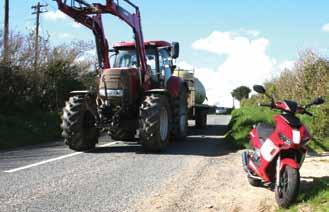
TECH SAvvY?
Unfortunately a number of the solutions suitable for urban areas are tech-reliant. As we know, even mobile phone technology is lacking in a fair number of areas, never mind broadband. It should be obvious that most of these solutions are no solution at all until the digital infrastructure is in place. Same goes for electric vehicles, and any charging infrastructure must enable electric motorcycles as well as cars and vans.
Wheels to Work is one rural solution, though it’s not working for some at the moment because CBT certificates are expiring and can’t be replaced. The problem here is that not only is the recording of CBTs a largely manual process but it would also require legislative change. Curiously I have seen a report that the government is going to change current legislation in order to enable the current Attorney General to take maternity leave on full pay. If the government can find time to do that, surely it should not ignore the plight of those far less well off?
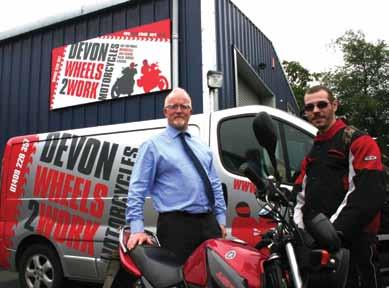
vAN DANGER
PACTS (Parliamentary Advisory Council for Transport) has published a report, “What kills most on the roads?” This inverts the usual reporting of fatalities to show which vehicles cause which road user deaths. Not surprisingly, cars are responsible for killing the greatest number of vulnerable road users, but if you measure the number killed per billion miles travelled motorcycles come out worse than cars, though the worst offenders are vans and light goods vehicles. (Presuming the miles travelled by motorcyclists is an accurate figure).
Given the current trend for increasing home deliveries this should be of some concern, with particular relevance when taken in conjunction with a report from UCL on Driving for Work. Something I noted from this last report was that there is no hard data on the number of motorcycles being used in the gig economy.
Which reminds me that in the traffic counts published motorcycles are not specifically counted – we get lumped in with cars. This became clear at a meeting in January where we had hoped to get some idea of motorcycle usage in pandemic conditions.
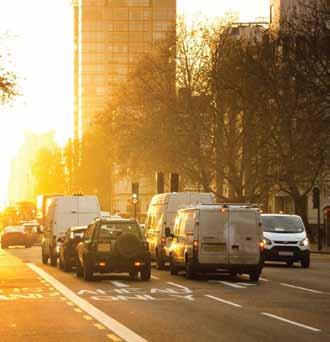
CODE EDUCATION
The BMF was invited to participate in a review of yet more proposals to update the Highway Code, this time with respect to smart motorways. These proposals are designed to clarify what the signage means and the different behaviour to be adopted if you break down on a motorway with all-lane running. One of the big issues with smart motorways is that there have been no very noticeable efforts to educate drivers in their use. Changing the Highway Code does not solve that issue. I have previously written about proposed changes to the Code regarding walking and cycling, and recent meetings have drawn attention to the need to educate existing drivers about this. Let us hope an updated Highway Code, regardless of how much we approve or disapprove the content, will be accompanied by a major campaign to ensure all road users understand what the changes mean.


